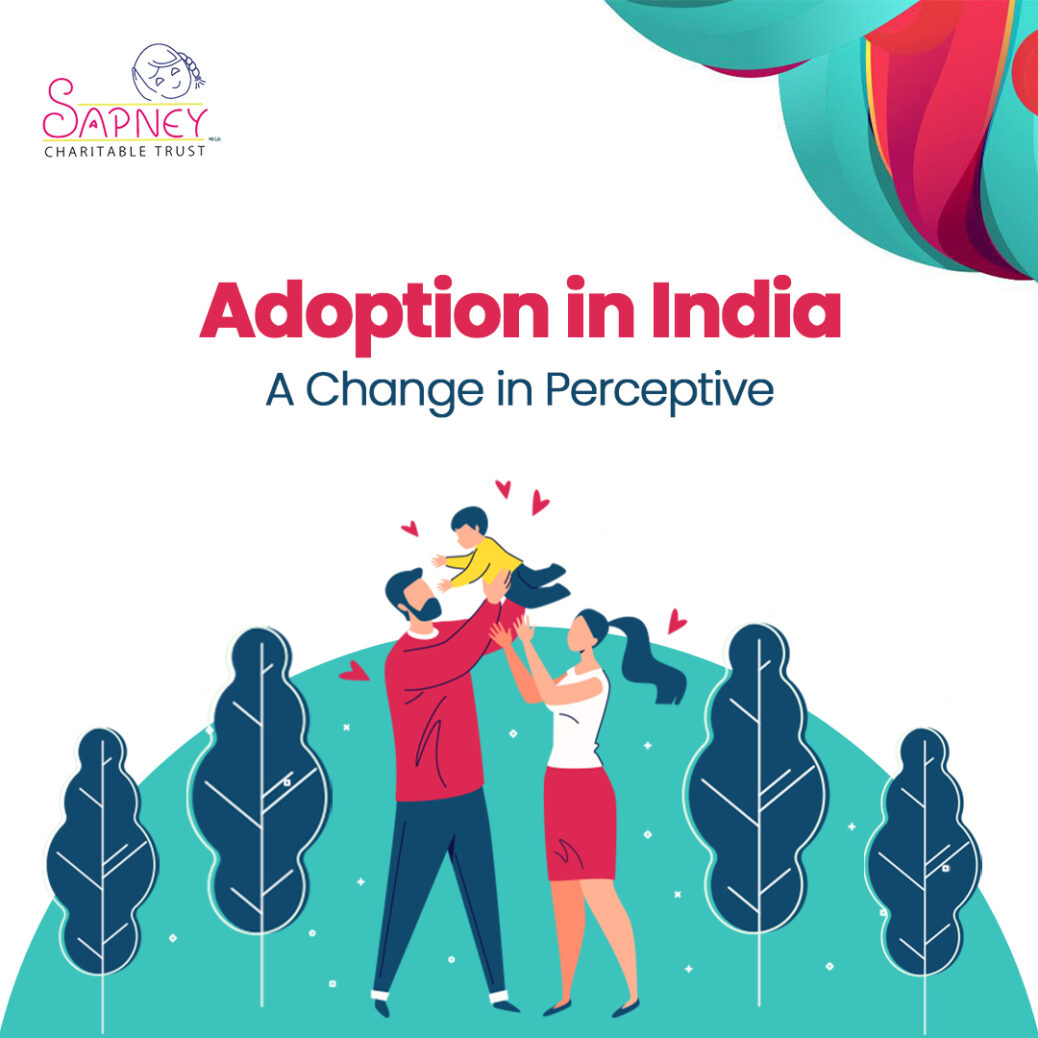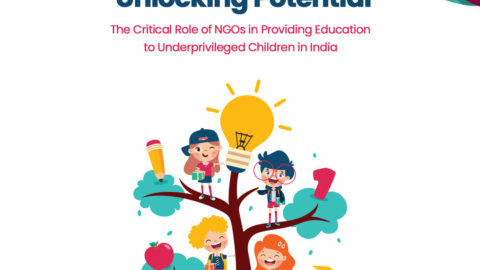
Adoption in India is regulated by the Juvenile Justice (Care and Protection of Children) Act, 2015, and the Adoption Regulations, 2017. These laws provide a legal framework for the adoption of children in India and outline the procedures and requirements for adoption.
Over the years, there have been several changes in the adoption landscape in India. Some of the notable changes include:
- Earlier, only married couples were eligible to adopt. However, single individuals are now also allowed to adopt.
- The adoption process has become more streamlined and transparent, establishing the Central Adoption Resource Authority (CARA) as the nodal body for all adoption-related matters.
- There has been a shift towards in-country adoption, emphasizing placing children with families within India rather than overseas.
- The focus has shifted from inter-country adoption to in-country adoption, intending to find homes for orphaned, abandoned, or surrendered children within India itself.
- There has been an increase in the number of single individuals and same-sex couples adoptions.
- The adoption process has become more inclusive, with provisions for persons with disabilities to adopt and provisions for trans individuals to adopt.
Overall, the adoption landscape in India has undergone significant changes in recent years, focusing on making the process more transparent, inclusive, and child-centered.









